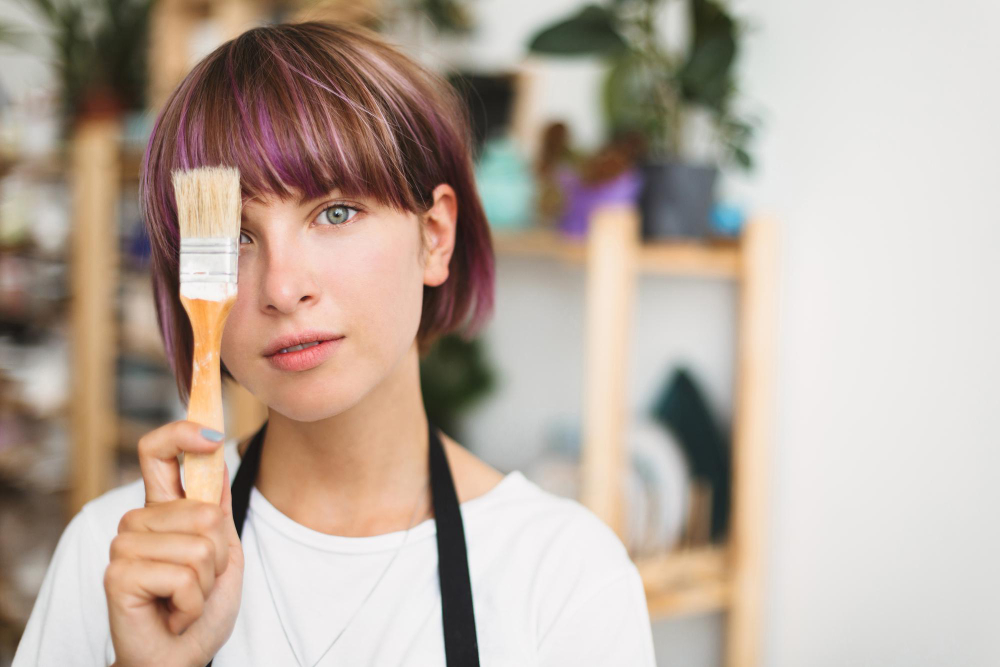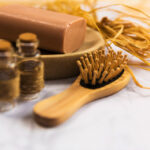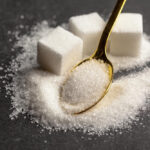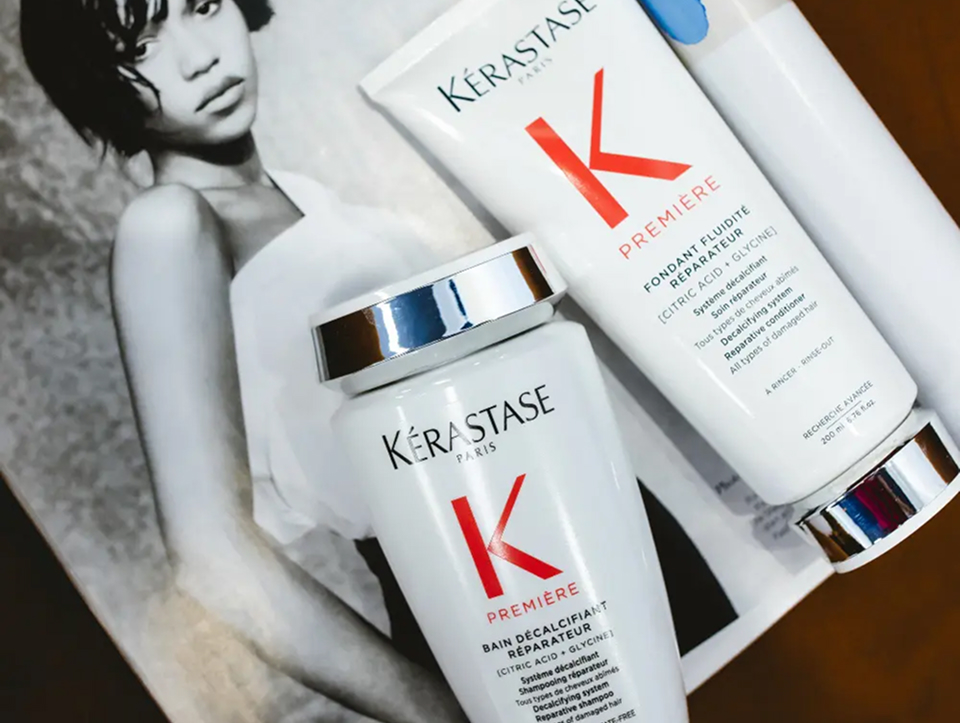Are you torn between adding highlights vs lowlights to your hair? You’re not alone; many people struggle to decide when they want to add dimension, brightness, or richness to their hair color.
Choosing the wrong approach can leave your hair looking flat, mismatched, or less vibrant than you envisioned. Without the proper guidance, it’s easy to feel overwhelmed by the options.
In this guide, we’ll break down everything you need to know about highlights vs lowlights, how they differ, when to choose each, how they can complement each other, and the best tips to maintain your look for salon-fresh shine every day.
Whether you’re craving sunlit, luminous strands or deep, rich tones, this guide will help you feel confident in your decision and know exactly what to ask for during your appointment at Haste Urban Hair Spa.
Why Everyone’s Talking About Highlights and Lowlights
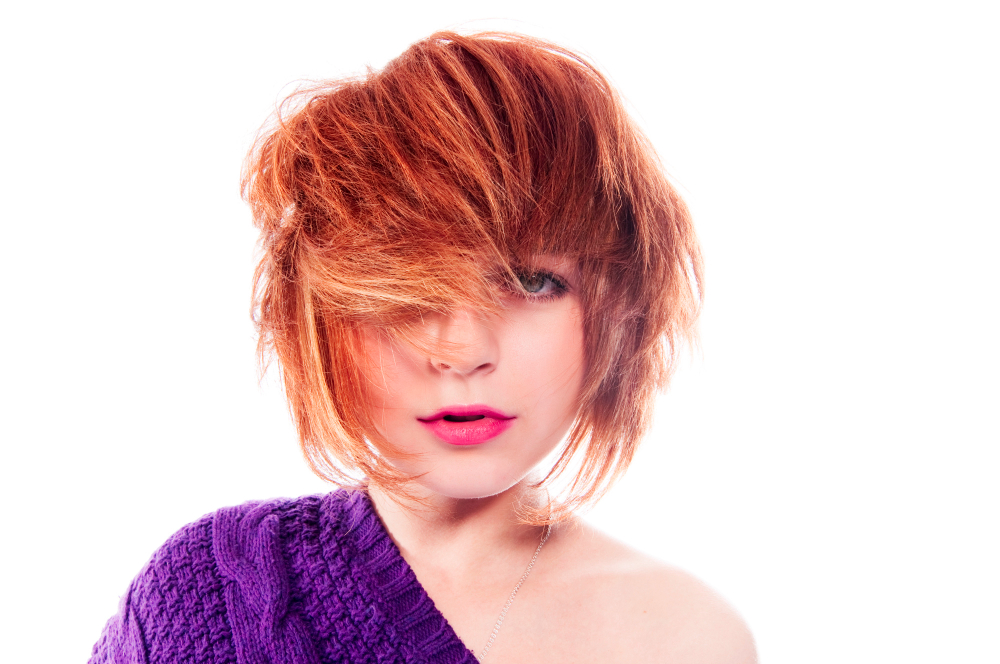
There’s something magical about stepping out of the salon with light reflecting off your hair.
The correct placement of highlights and lowlights doesn’t just change your color, it transforms your entire look.
We’ve all had those “blah” hair days when our color looks flat, faded, or just plain dull. That’s where these coloring techniques step in to add dimension, contrast, and life back into your hair.
With the right balance, our stylists can enhance your natural tone, complement your skin color, and make your hair look thicker and more voluminous.
It’s no wonder these two coloring styles remain timeless favorites in every salon chair.
The Confusion Around Highlights vs Lowlights
Despite how often these terms appear in hair salons and beauty blogs, many people still mix them up or, worse, think they’re the same thing.
☀️ Here’s the real issue: choosing the wrong one (or both in the wrong ratio) can lead to disappointment. You might end up with hair that looks:
- Too bright and brassy
- Too dark and heavy
- Or just plain uneven
So, before you pick one, it’s crucial to understand how highlights vs lowlights work, who they’re for, and what results you can expect.
Understanding Highlights

Think of highlights as your hair’s personal lighting crew, brightening up your strands to give them that radiant, sun-kissed look.
What Are Highlights?
Highlights involve lightening small sections of your hair to a color that’s a few shades lighter than your base tone.
This adds brightness and contrast, giving your hair dimension and a youthful glow.
Stylists often use techniques like balayage, foiling, or air-touch to achieve the perfect balance of lift and tone.
The goal? Light where it counts around the face, at the crown, or throughout the ends.
Learn more about each method here:
- Balayage Highlights — for a natural, sun-kissed effect.
- Air Touch Highlights — the trend that uses airflow instead of teasing for ultra-blended results.
- Blonde Highlights — for bright, beachy hair that catches the light beautifully.
Who Are Highlights Best For?
Highlights work wonders for people with darker or medium bases who want to add brightness or a “lifted” appearance. They also help fine or flat hair appear thicker and more voluminous because lighter tones reflect light more effectively.
According to research, lighter strands reflect up to 40% more light, which explains the glossy, reflective finish you see after a highlight session.
⚠️ Common Highlight Mistakes
- Going too light too fast — it can make your hair brittle and brassy.
- Skipping toner — this can cause yellow or orange undertones.
- Not using bond builders — lightning weakens your strands, so protection is key.
Understanding Lowlights

If highlights are sunshine and lowlights are shadow, they add richness, tone, and depth back into over-lightened or flat hair.
What Are Lowlights?
Lowlights are created by coloring small sections of your hair a few shades darker than your base color. Instead of lightening, stylists deposit color to enhance your hair’s natural tone and create multi-dimensional depth.
👉 You can learn all about them here: Lowlights Explained.
Who Are Lowlights Best For?
Lowlights are perfect if your hair looks too blonde, lacks contrast, or feels “washed out.” They’re also a great transition technique for anyone wanting to grow out highlights or ease into their natural shade.
Another bonus? Lowlights use demi-permanent or permanent color, which is gentler on hair than bleach-based lighteners. So if you’re worried about damage, this is a safer bet.
🌟 Tip: For the most natural effect, choose shades that are only 2–3 tones darker than your base. This keeps the result soft and blended, not streaky or harsh.
Can You Combine Highlights and Lowlights?
Absolutely, and that’s where the real hair magic happens. Mixing highlights and lowlights gives your hair the perfect balance of brightness and depth. This combo creates that lived-in, effortlessly natural color that grows out beautifully.
Stylists at Haste Hair often use this method to correct color imbalances or add a multi-dimensional finish that flatters every skin tone. It’s especially great for:
- Brunettes wanting soft caramel ribbons
- Blondes who need contrast and shine
- Clients transitioning between colors
💬 Tip: Add subtle lowlights during winter for warmth, then brighten up with highlights in summer for a dynamic, seasonal refresh!
Hair Care After Color

Once you’ve invested in a beautiful color, protecting it is key. Here’s how to keep your highlights and lowlights looking fresh and fabulous:
Hair Care Tips:
- Use a sulfate-free shampoo to maintain pigment.
- Deep condition weekly — especially if you have highlights.
- Apply toners or gloss treatments every few weeks to keep tones vibrant.
- Limit heat styling to avoid fading.
- Protect from sun and chlorine — UV exposure and pool water are color’s worst enemies.
If you’re trying to fade out old color before your next salon visit, check out Removing Highlights Safely for step-by-step advice.
Finding Your Perfect Match
When it comes to highlights vs lowlights, there’s no one-size-fits-all answer; it’s about what you want your hair to express.
- Want brightness and a beachy glow? → Go for highlights.
- Want richness and natural tone? → Try lowlights.
- Want both? → A blend gives you texture, shine, and movement.
At Haste Urbn Hair Spa, our stylists specialize in custom color formulations that enhance your natural tone and complement your features.
From soft babylights to rich chocolate lowlights, we’ll help you find your dream shade that’s uniquely you.
Ready to Glow with Haste Urbn Hair Spa?
Life’s too short for dull hair. Whether you’re craving sunlit highlights, moody lowlights, or the perfect blend of both, the experts at Haste Urbn Hair Spa can bring your color dreams to life.
We’ll guide you through a personalized consultation, tailor your color to your skin tone and style, and help you maintain it with the proper at-home care.
Book your appointment today at Haste Urbn Hair Spa because your hair deserves the spotlight and the shadow that makes it shine.
FAQ
Which is better, highlights or lowlights?
Neither is better — it depends on your goal. Highlights add brightness, while lowlights add depth and richness. Many people combine both for balance and dimension.
Can I get both highlights and lowlights at the same time?
Yes, combining them creates a more natural, multi-tonal look that grows out seamlessly between appointments.
How long do lowlights last compared to highlights?
Lowlights generally last longer — about 8–10 weeks — since they don’t require bleach and fade more gradually. Highlights may need refreshing every 6–8 weeks.
How often should I touch up my highlights or lowlights?
Plan for a touch-up every 2 months, but balayage and blended styles can stretch to 12 weeks with proper care.
Do highlights or lowlights damage hair more?
Highlights are more damaging because they require lifting pigment, while lowlights use color deposit only. However, bond-protecting products minimize damage during both processes.

